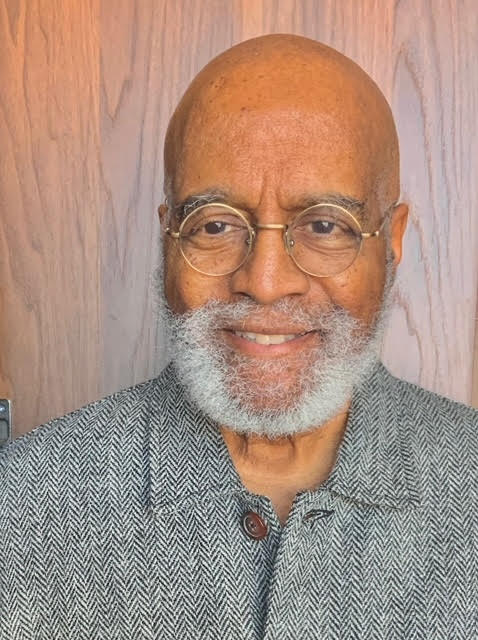
By A. Bruce Crawley

In recent years, we have witnessed the election of a first Black U.S. president, a first Black female U.S. vice president, and seen historically high levels of Black higher education degree holders. In the midst of these signs of Black progress, it’s difficult to imagine a more insidious and “throwback-racist” issue than that which is facing birthing Black women and other women of color, in what has been the nation’s ongoing challenge to reduce the country’s deadly maternal health disparities.
It’s justifiably called “deadly,” because the complex factors at the root of it all have combined to produce disproportionately high rates of deaths and morbidities for birthing women of color and for their infants in the U.S., with special impact on those who have been low-income and Medicaid-insured.
Why is Medicaid coverage an issue in this matter?
Medicaid is, of course, the state- and federal-funded public health insurance plan, which has been designed to serve low-income Americans, who can’t afford private insurance coverage. In a country wherein people of color have been largely excluded from mainstream economic access, none should be surprised to learn that 65.3% of Native Americans and Alaska natives, 64.8% of Black insured families and 58.8% of Hispanic families are Medicaid-insured, as compared to just 29.8% of white families.
Medicaid reimbursement rates, the money paid to healthcare providers and hospitals to cover the costs of medical services provided, have been consistently lower than Medicare and private health reimbursement levels. In fact, a recent survey by the American Hospital Association found that hospitals received approximately 88 cents for every dollar spent on Medicaid patient care.
Our healthcare system permits some doctors or hospitals to refuse access to their services if insurance companies do not pay a certain minimum reimbursement rate. Is there any wonder, then, why people in our communities have to be concerned about whether the doctor or hospital they would want to provide their medical services actually “take” Medicaid patients, at all?
The issue is accurately understood as “throwback-racist,” when we realize that, in 2021, the maternal mortality rate, per 100,000 live births, for white birthing mothers, was 26.6%, as compared to 28% for Hispanic birthing mothers and 69.9% for Black birthing mothers.
Similarly, in that same year, white infant deaths, per 1,000 live births, equated to 4%, as compared to 3.1% for Asian infants, 5% for Hispanic infants and 11% for Black infants.
Most unsettling in these analyses is the widespread medical opinion that maternal and infant mortality rates, for women of color in the U.S., are essentially preventable. In that regard, KFF, the independent source for health policy research, has reported that the pregnancy-related mortality rate for Black women who completed college education, or higher, is 5.2 times higher than the rate for white women with the same educational attainment and 1.6 times higher than the rate for white women with less than a high school diploma.
Some may believe that this perspective might constitute “coming down just a bit too harshly” on the medical community.
In that regard, I want to note that it was in 2023, that the American Medical Association’s Journal of Ethics declared that “Structural racism is deeply embedded in U.S. health care.” The AMA, then, went on to remind us that legally sanctioned racial segregation in U.S. hospitals did not end until the passage of the Civil Rights Act of 1964. For those of you who are counting, that was just 60 years ago.
Some readers might be counted among those who wonder why Black people are not more greatly represented in their local healthcare facilities, and why there seems to be an ongoing shortage of Black doctors, when we visit our healthcare facilities.
Well, there was, in 1910, a thing called the Flexner Report, which resulted in the closure of five of what was then a total of seven Black medical schools in the U.S., leaving only Meharry Medical College in Nashville, Tennessee, and the Howard University Medical School in Washington, D.C., as surviving institutions.
Today, the number of Black medical schools has been increased to four, including Morehouse School of Medicine and Charles R. Drew University of Medicine and Science.
PubMed Central estimates that if the five originally closed Black medical schools had remained open, that by 2019, those schools might have provided at least an additional 10,587 graduates.
Today, as a consequence of the actions recommended by Flexner, just 5.7 percent of U.S. practicing physicians are Black or African American, and it has also been estimated that the Flexner-related Black medical school closures reduced the number of Black doctors by between 10,000 and 30,000, over the ensuing century.
Before the 1960s, historically Black medical schools graduated nearly all the African American physicians who received their training in the United States, and as recently as 2010, historically Black medical schools provided training to 20% of Black medical school graduates in the U.S.
What’s more, as recently as 1968, Black students represented just 2% of mainstream medical school student enrollment.
Part two of “Black maternal health crisis” in next week’s issue of the SUN.
Disclaimer: The views, thoughts, and opinions expressed in the article belong solely to the author, and not necessarily to the author’s employer, The Philadelphia Sunday SUN, the author’s organization, committee or other group or individual.

















Leave a Comment